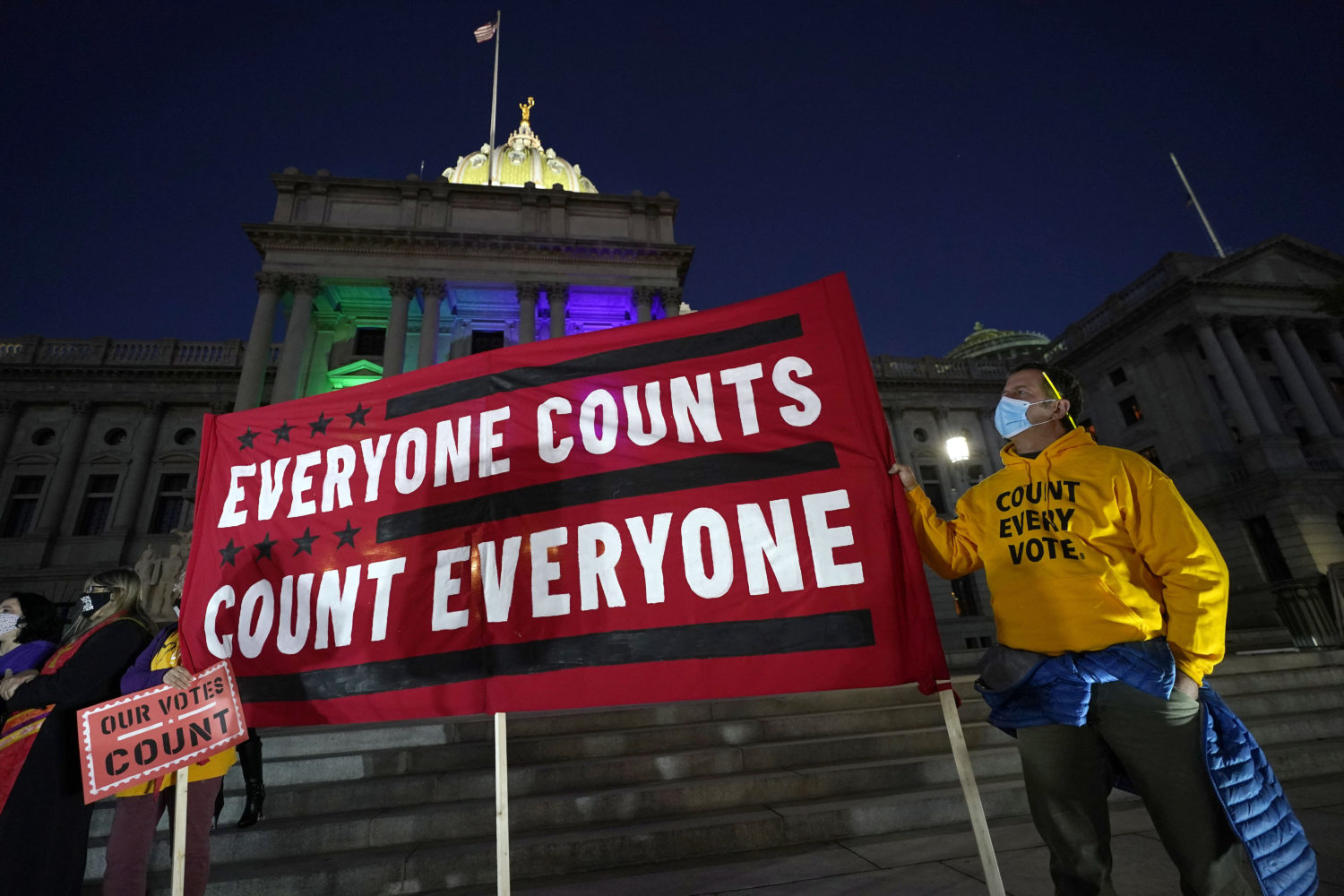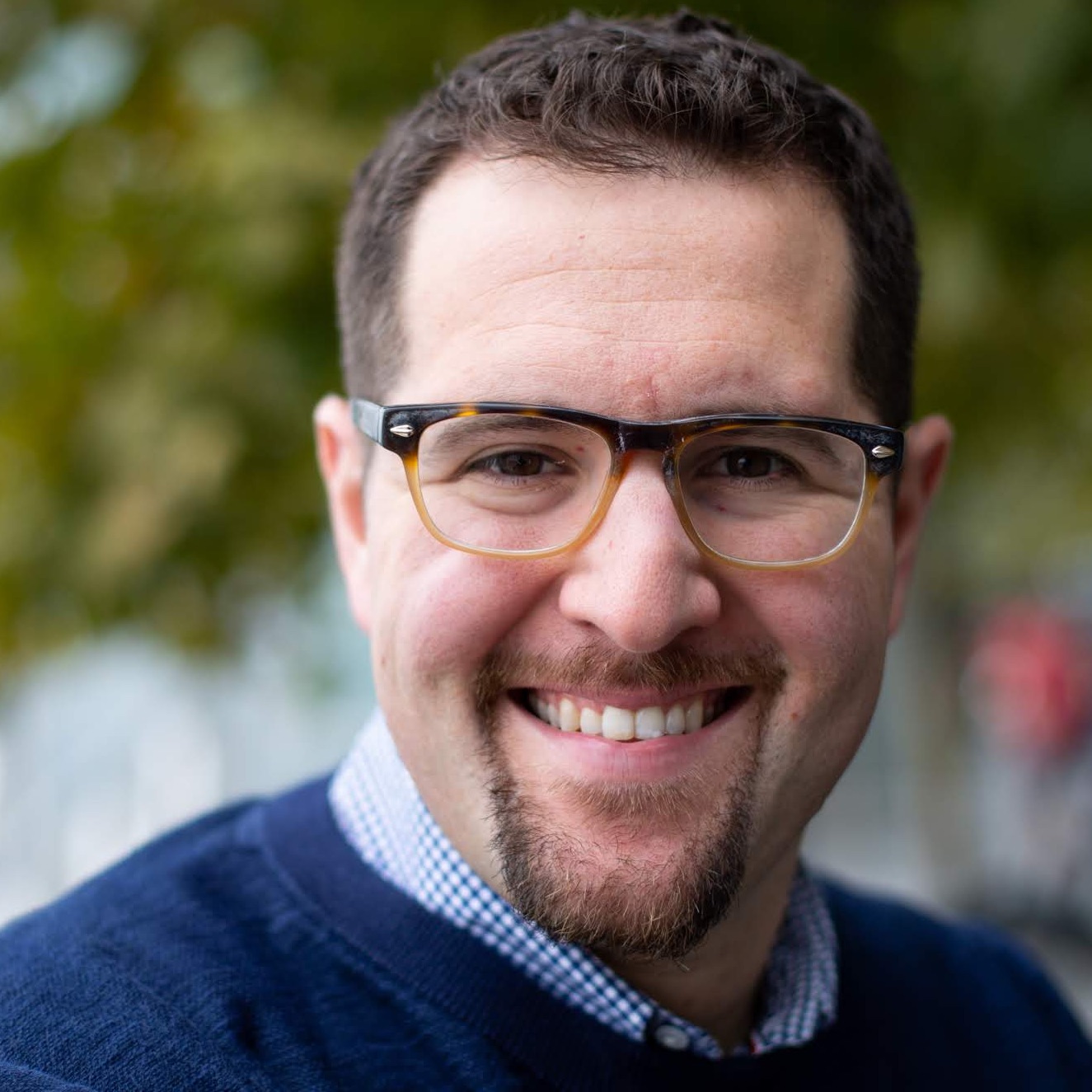Factually is a newsletter about fact-checking and misinformation from Poynter’s International Fact-Checking Network & the American Press Institute’s Accountability Project. Sign up here.
Fighting the vacuum
This tweet from Factually’s founding father, former IFCN director Alexios Mantzarlis, sums it up perfectly — the longer we go without a definitive presidential election winner, the greater the opportunity there is for misinformation.
Nowhere is that phenomenon clearer than in Pennsylvania, a swing state whose results are expected to take longer than most. As New York Times technology and disinformation reporter Davey Alba reported, posts mentioning Pennsylvania and the keywords “steal” or “stealing” showed up 6.4 times more frequently than the next closest state, Kansas. Most of these supposed incidents of electoral threat involved either machine or human error at polling places, as we discussed last week.
Efforts like First Draft’s Cross Check collaboration were able to research and get the word out quickly that these were false incidents of “voter fraud,” and Twitter aggressively cracked down on tweets suggesting a grand conspiracy. Election Day brought us a torrent of information to ingest from reputable sources about the outcome of the elections. But in the coming days, reputable news organizations and fact-checkers will contend with more and more misinformation, as hoaxers and partisans seek to prey on the public’s hunger for new information.
For example, the Trump campaign announced Wednesday that it would demand a recount in Wisconsin and sue the state of Michigan to stop ballot tabulation. Members of the Trump family held a press conference in Philadelphia to breathe oxygen into some of the claims made on Twitter.
It’s important to note, as Joan Donovan, research director for Harvard University’s Shorenstein Center on Media tweeted about the #StopTheSteal hashtag, that a lot of these tactics are not new. We’re already seeing a rehash of the Brooks Brothers Riot, this time in Detroit. And the idea of scary poll workers disenfranchising people in Philadelphia is also not new.
News organizations have been quick to shut down any notion that isolated incidents at the polls represent widespread “fraud,” but as Mantzarlis’ middle school graphic suggests, the longer we go, the more perilous this situation will become.
– Harrison Mantas, IFCN

. . . technology
- Twitter’s quick move to put a label on President Donald Trump’s late-night tweet about Democrats “trying to STEAL the Election” showed the platform anticipated the pronouncement. Facebook labeled the claim as well.
- Reuters called the social media companies’ efforts to combat election-related misinformation a “real-time test” of their rules.
- Changes to a YouTube algorithm aimed at cutting down on people’s exposure to misinformation actually helped amplify Fox News, The New York Times’ Jack Nicas reported.
- The findings came from research done by former Google engineer Guillaume Chaslot and Marc Faddoul, a researcher at the University of California, Berkeley.
- “YouTube’s promotion of Fox News’s unabashedly conservative pundits also undercut arguments from some of those same pundits that the biggest tech companies are trying to silence them,” Nicas wrote.
. . . politics
- Not all voter suppression misinformation this election cycle was online. Voters across the country received robocalls telling them to “stay safe and stay home,” a message officials and recipients of the calls said was aimed at voter suppression.
- The message wasn’t explicitly about the election, but its lack of detail and the timing clearly suggested it was, Dan Doughty, a Kansas City resident who received the robocall, told The Associated Press.
- YouTube this week took down several videos that livestreamed phony election results, Insider’s Kat Tenbarge reported. Some of the videos were accompanied by advertising, meaning their creators made money off the fake content, she reported.
. . . science and health
- Twitter permanently banned conspiracy theorist David Icke for spreading false information about the coronavirus.
- As Yahoo News reported, Twitter was not the first social media platform to suspend the former soccer player and sports broadcaster’s account after he spread theories that COVID-19 was connected to 5G mobile technology, among other discredited claims.
- Full Fact found, and debunked, a Facebook post claiming that people who get a COVID-19 test are being given a nasal vaccination against the virus.
- “The post uses genuine screenshots of several scientific papers from the years before the pandemic which talk about the potential effectiveness of nasal vaccinations,” wrote Grace Rahman.

One of the things that makes CNN’s Daniel Dale so good is that he’s fast and he can think on his feet quickly enough to debunk falsehoods from President Donald Trump in something close to real time. This skill came into play early Wednesday morning as Dale fact-checked a number of claims in Trump’s election night speech saying he had the votes to win reelection.
On the air, Dale gives the sense that he’s got all the facts in his head, ready to tap them as they come up. That may be the case, but there is also a method behind Dale’s genius.
“I either read or watch everything that Trump says or tweets. And then we have a database at CNN in which we sort all of his false claims with a unique code for each claim,” he told the Los Angeles Times’ Meredith Blake this week.
What we liked: Dale’s careful prep work was on display at a critical time. Fact-checkers often do this, but any journalist covering a politician who lies repeatedly might find it useful to adopt the practice of indexing false claims for handy access.
– Susan Benkelman, API

- Amy MacKinnon, writing for Foreign Policy magazine, warned that foreign disinformation campaigns about the American election may just be getting started.
- As she does in most breaking-news situations, BuzzFeed’s Jane Lytvynenko collected rumors circulating about the U.S. elections, and debunked them.
- Here’s a counterintuitive take in Slate from two researchers at the University of North Carolina: Americans, they say, are “too worried about political misinformation.”
- Two politicians who believe in the QAnon conspiracy theory are headed for Congress, wrote HuffPost’s Luke O’Brien.
- MediaWise reporter Alexa Volland wrote this list of tips for how parents can talk to their teens about misinformation.
Thanks for reading. Feel free to send feedback to factually@poynter.org. And send us your favorite fact checks! We’d love to hear from you.
Until next week,








“For example, the Trump campaign announced Wednesday that it would demand a recount in Wisconsin and sue the state of Michigan to stop ballot tabulation.”
The claim about Michigan counts as a half-truth. The newsletter suggests simply that the Trump campaign is trying to stop votes from being counted. But that’s not what the news story says once one gets past the misleading headlines (where’s the link to the story, anyway?).
The Trump campaign is suing to stop the counting of ballots *until it is granted meaningful access to observe the process*. That’s a huge caveat that’s simply missing from the “Factually”(!) version of events.
This is very similar to the issue with the now-legendary “Brooks Brothers riot” in Florida in 2000. The media presented it as a case where a mob tried to stop the canvassing commission’s good-faith effort to count ballots in peace. The media largely ignored the stipulation in Florida law requiring public access to the (re)counting process. The people counting the ballots broke the law by excluding observers during their count, and the mainstream media pretty much did not care.
2000 Florida Statues (Title IX, Chapter 102):
*****
(5) If the manual recount indicates an error in the vote tabulation which could affect the outcome of the election, the county canvassing board shall:
(a) Correct the error and recount the remaining precincts with the vote tabulation system;
(b) Request the Department of State to verify the tabulation software; or
(c) Manually recount all ballots.
(6) Any manual recount shall be open to the public.
*****
Fact check that.
https://www.lawfareblog.com/election-observation-rules-and-laws